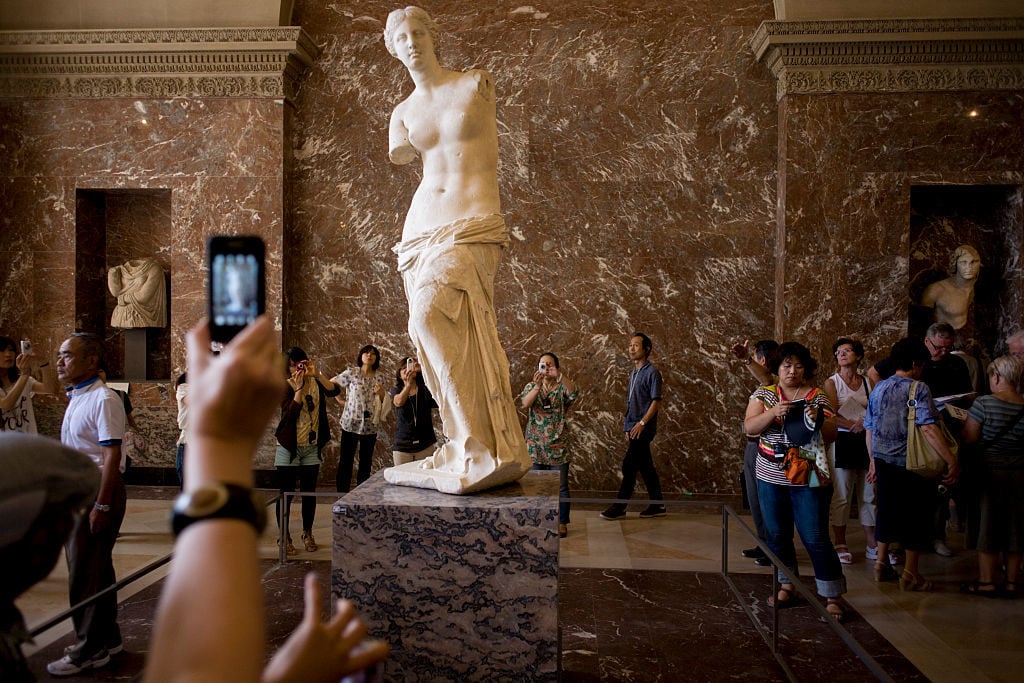Art World
Want to Look More Attractive in Photos? Take a Cue From the Renaissance and Stand Contrapposto, a New Study Says
Artists intuited this a long time ago, the scientist behind the study explains.
Artists intuited this a long time ago, the scientist behind the study explains.
Taylor Dafoe

It turns out it might not be the chiseled abs or exposed genitalia that makes Michelangelo’s David such a snack. It’s his pose.
At least, that may be case according to a new study led by Dr. Farid Pazhoohi, a psychologist based at the University of British Columbia. Pazhoohi and his team of researchers found that when standing contrapposto—a position in which the figure’s weight is shifted to one foot, so the arms and shoulders are no longer parallel to the hips—they appear more attractive to onlookers.
The reason is that, when with one’s torso is tilted off-axis, their waist-to-hip ratio goes down. This creates the curvy, hourglass effect that participants found particularly appealing in women.
“We think that artists have intuitively figured out that this posture is more attractive, and applied it in their artistic endeavors,” Dr. Pazhoohi told the Guardian. (Notably, the study did not explore whether men in the same pose were found to be equally visually pleasing, or whether the celebration of the hourglass form in Western culture over decades has shaped our own understanding of what’s attractive. Maybe those questions can be answered next time.)
Artists have employed this technique for thousands of years. Contrapposto, named after the Italian word for counterpoise, was invented by the ancient Greeks; it represents one of the first examples of artists imbuing into facsimiles of the human figure a sense of movement and emotion.

Tourists admire Aphrodite, otherwise known as the Venus de Milo in the Louvre art museum. Photo: In Pictures Ltd./Corbis via Getty Images.
For the study—the findings of which were published in the journal Archives of Sexual Behavior—Pazhoohi and his team showed 3D avatars of women in various poses to 68 university students and asked them to rate the attractiveness of each. The images of the models were cropped from the waist up, so the subjects—25 men and 43 women—couldn’t identify their stances.
On the whole, the test subjects rated the contrapposto models as being more attractive than those standing straight-legged. Eye-tracking software showed that the subjects spent more time looking at the side of the avatars with the lower waist-to-hip ratio. Men found these posers to be even more attractive than the female participants did.
For Pazhoohi, this phenomenon speaks to a whole number of modern-day behaviors. “For example, when models do catwalk or dancers do belly dancing, they try to appear frequently in exaggerated contrapposto body forms,” he says. “Similarly, when women walk on high heels, it helps accentuate the contrapposto form.”
Pazhoohi appears to be the leading scholar on the intersection of body language and attraction. He has also learned that men are drawn to women with arched backs and toes that face inward.